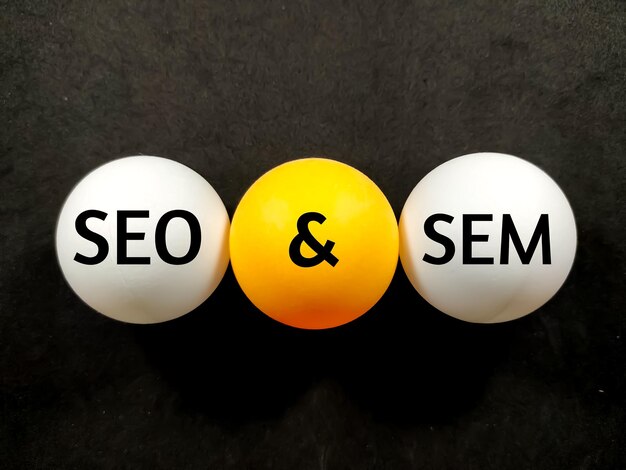SEO (Search Engine Optimization) and SEM (Search Engine Marketing) are two digital marketing strategies aimed at improving a website’s positioning in search results.
SEO involves optimizing the website to appear in the top positions of organic search results, i.e., results that appear without paying search engines.
SEM involves paying search engines for the website to appear in the top positions of paid search results, i.e., results marked with the “ad” label.
Differences between SEO and SEM
The main difference between SEO and SEM is how the website appears in the top positions of search results.
SEO is based on optimizing the website to meet search engine criteria. These criteria include content quality, website structure, usability, domain authority, etc.
SEM, on the other hand, is based on paying search engines for the website to appear in the top positions of paid search results.
Another difference between SEO and SEM is the cost. SEO is a free strategy, while SEM requires a budget to pay search engines.

Similarities between SEO and SEM
Despite their differences, SEO and SEM have some similarities. Both strategies aim to improve a website’s positioning in search results.
Additionally, both strategies can help increase traffic to a website, generate leads, and increase sales.

How to Complement SEO and SEM
SEO and SEM can complement each other to create an effective digital marketing strategy.
SEO can help generate long-term organic traffic, while SEM can help generate immediate traffic.
Additionally, SEO can help improve website visibility in search results, while SEM can help reach a wider audience.
Conclusion
SEO and SEM are two complementary strategies that can help increase a business’s success in the digital world.
An effective digital marketing strategy should combine SEO and SEM to generate both organic and immediate traffic, and reach a wider audience.

